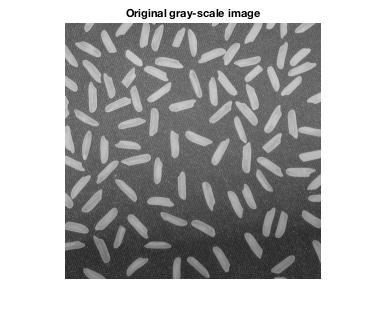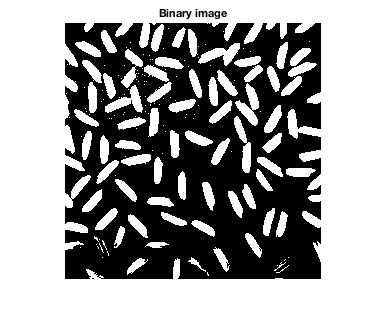Image binarization – new functional designs
With the very first version of the Image Processing Toolbox, released more than 22 years ago, you could convert a gray-scale image to binary using the function im2bw.
I = imread('rice.png'); imshow(I) title('Original gray-scale image')

bw = im2bw(I);
imshow(bw)
title('Binary image')

You can think of this as the most fundamental form of image segmentation: separating pixels into two categories (foreground and background).
Aside from the introduction of graythresh in the mid-1990s, this area of the Image Processing Toolbox has stayed quietly unchanged. Now, suddenly, the latest release (R2016a) has introduced an overhaul of binarization. Take a look at the release notes:
imbinarize, otsuthresh, and adaptthresh: Threshold images using global and locally adaptive thresholds
The toolbox includes the new function, imbinarize, that converts grayscale images to binary images using global threshold or a locally adaptive threshold. The toolbox includes two new functions, otsuthresh and adaptthresh, that provide a way to determine the threshold needed to convert a grayscale image into a binary image.
What's up with this? Why were new functions needed?
I want to take advantage of this functionality update to dive into the details of image binarization in a short series of posts. Here's what I have in mind:
- The state of image binarization in the Image Processing Toolbox prior to R2016a. How did it work? What user pains motivated the redesign?
- How binarization works in R2016a
- Otsu's method for computing a global threshold
- Bradley's method for computing an adaptive threshold
Mostly, I haven't written this yet. If there is something particular you'd like to know, tell me in the comments, and I'll try to work it in.









コメント
コメントを残すには、ここ をクリックして MathWorks アカウントにサインインするか新しい MathWorks アカウントを作成します。